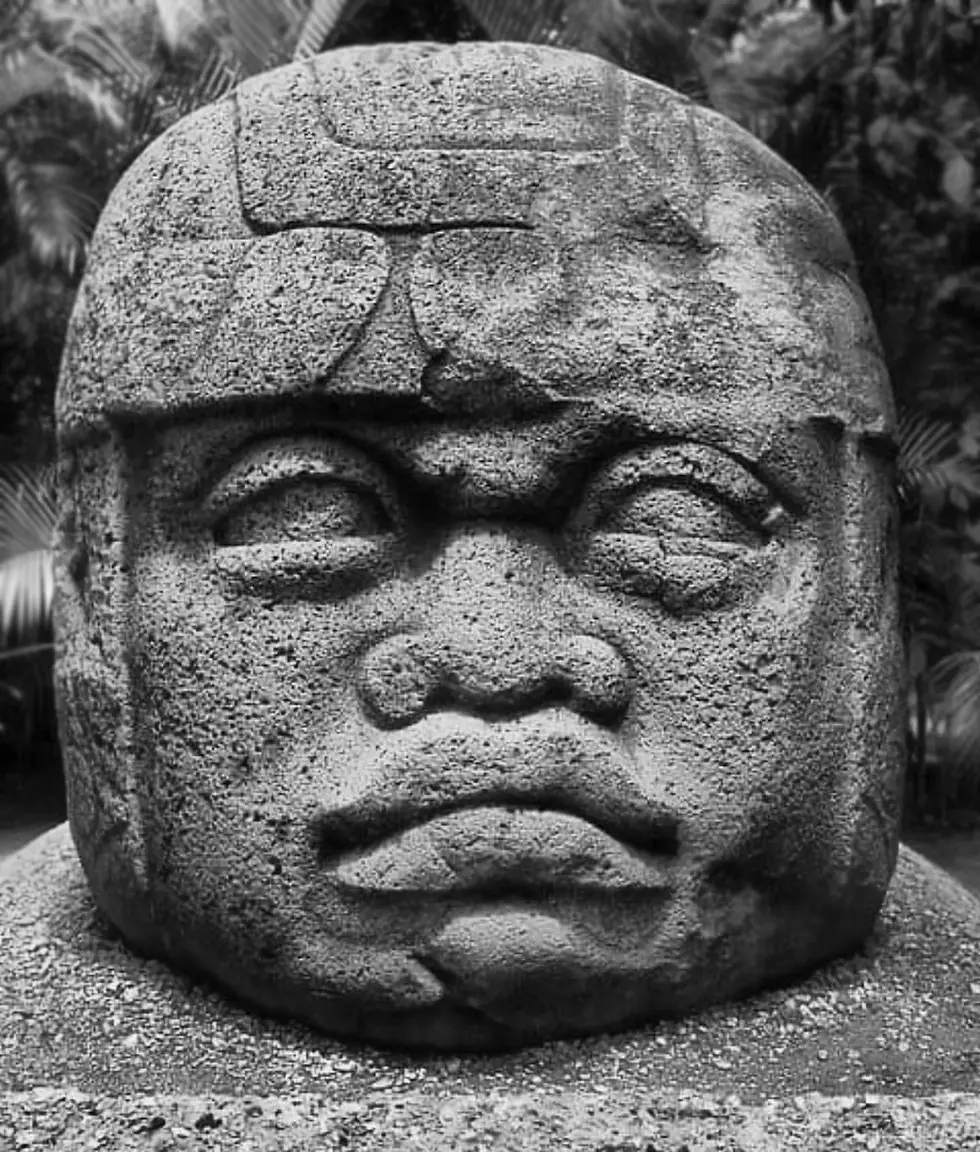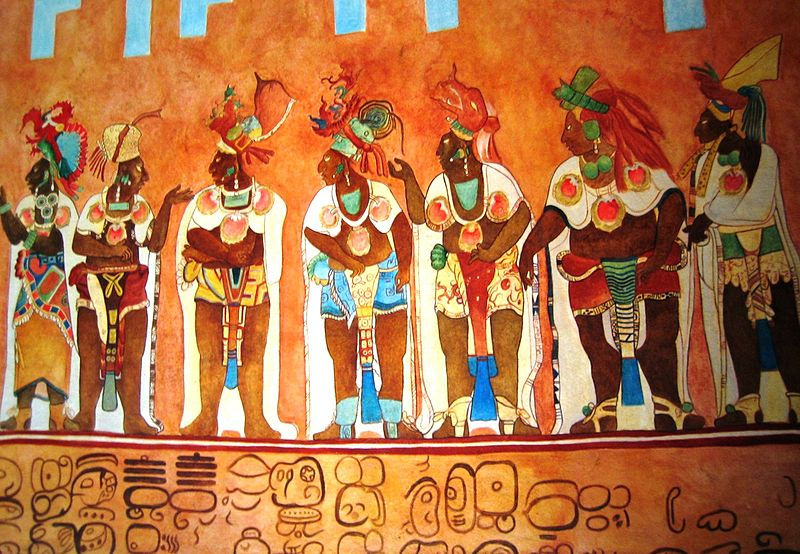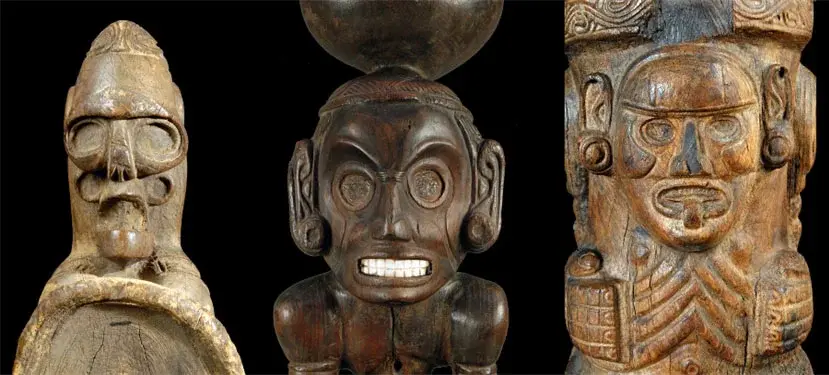10 Sacred Stones in Indigenous Traditions
- ninedivinecreation
- May 22
- 3 min read
Updated: May 25
A deeper look into the meaning, energy, and legacy behind each gem
Across Indigenous cultures of the Americas — from the Taino and Aztec to the Navajo and Maya — stones and crystals have held sacred meaning for centuries. These natural gifts from the Earth carry spiritual, energetic, and ancestral significance. Below, we explore ten powerful stones that continue to inspire jewelry, ceremony, and cultural legacy today.

1. Turquoise
Often called the Stone of the Sky, turquoise is one of the most revered Indigenous stones. In Southwestern Native American cultures, it symbolizes protection, strength, and connection to the spirit world. Turquoise is believed to ward off negative energy and is frequently used in ceremonial adornments and jewelry.
2. Obsidian
A volcanic glass used by the Aztecs, Mayans, and other Mesoamerican cultures, obsidian is known for its protective and grounding energy. It was carved into tools, mirrors, and amulets. Spiritually, it reflects truth, clears negative energy, and shields the wearer from psychic harm.
3. Jade
In ancient Mesoamerican civilizations like the Olmec, Maya, and Aztec, jade was considered more valuable than gold. It symbolized fertility, life, and the divine. Worn by royalty and buried with the dead, jade was a sacred bridge between the earthly and the spiritual.
4. Larimar
Found only in the Dominican Republic and associated with Taino roots, larimar is a rare blue stone that embodies the energy of the Caribbean Sea. It represents tranquility, feminine energy, and water's cleansing power. Larimar is used to ease stress and connect to the divine feminine.
5. Amber
Though technically fossilized tree resin, amber has long been treated as a gem in Indigenous cultures. In Chiapas, Mexico, it was used in ceremonies and talismans. Amber holds powerful protective and healing properties, helping to cleanse the aura and preserve positive energy.
6. Quartz (Clear, Rose, Smoky, Amethyst)
Quartz is the most versatile and widely used crystal across many cultures. Known as the “Master Healer,” quartz amplifies energy, balances the chakras, and enhances spiritual clarity. Indigenous cultures often use it in ceremonial tools, healing practices, and jewelry to align energy and protect the spirit.
7. Sodalite
Recognized for its deep blue color, sodalite enhances intuition, insight, and communication. It’s used to encourage honesty and emotional balance. Found in regions like Canada and Latin America, it aligns well with throat chakra work and spiritual guidance.
8. Moonstone
Used globally in tribal cultures and Indigenous traditions, moonstone carries lunar energy and supports feminine cycles, intuition, and emotional flow. It is especially used in rituals tied to fertility, dreams, and inner clarity.
9. Serpentine
A green stone deeply connected to Earth energy, serpentine is used for transformation and spiritual awakening. Many Indigenous healers believe it stimulates kundalini energy and helps release old patterns, making it a powerful tool for growth and healing.
10. Alabaster
Though not a gemstone in the traditional sense, alabaster has been used by Indigenous and early tribal peoples for carving sacred objects, bowls, and ritual tools. It carries grounding, protective energy and is associated with honoring ancestors and spiritual strength.
These sacred stones are more than materials — they are messengers of the Earth, tools of healing, and carriers of tradition. When you wear or use them with intention, you honor centuries of cultural wisdom and spiritual connection.
Shop with us now.


